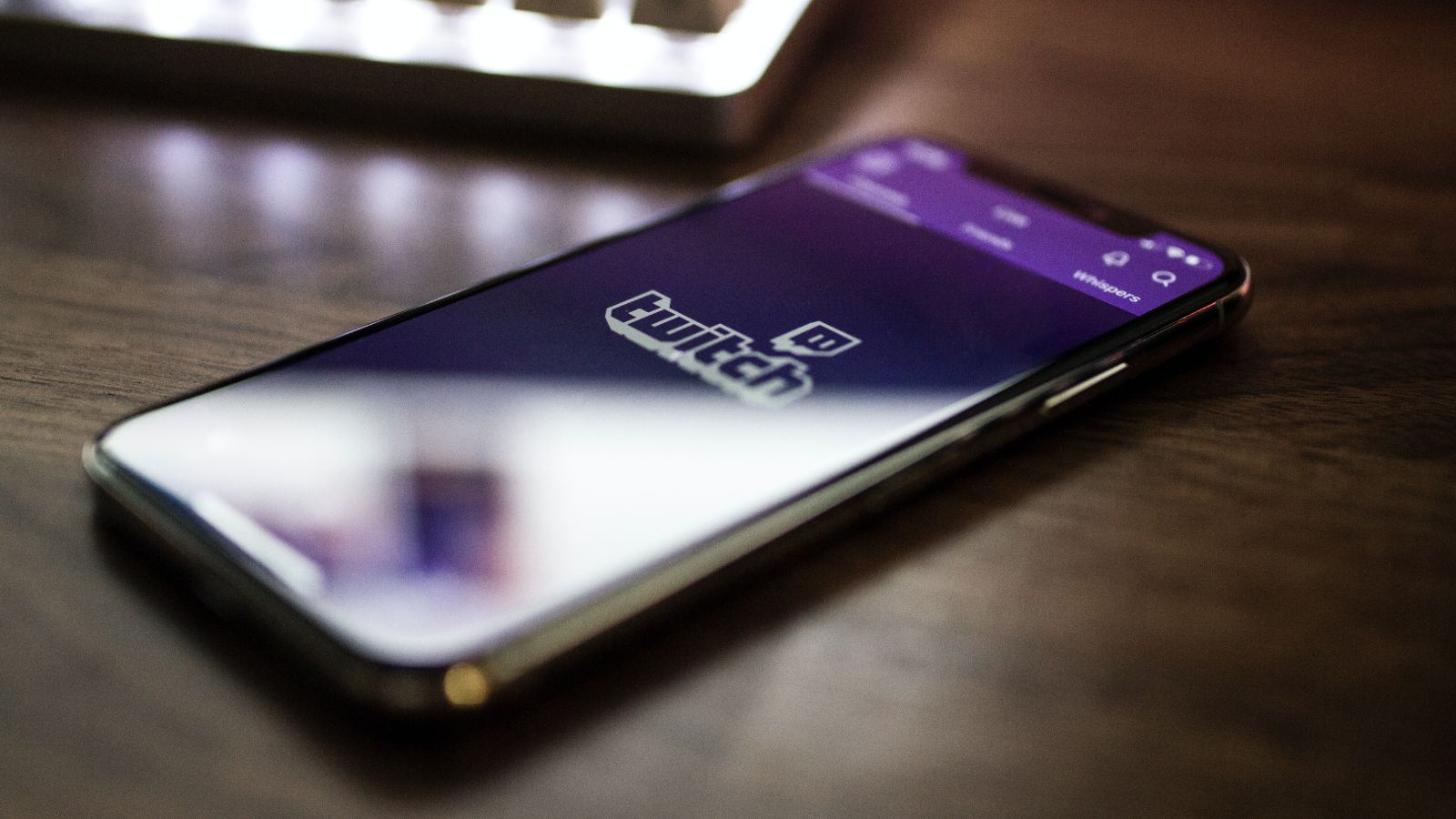SOCIAL
The Twitchification of marketing: Ed Craven, influencers and Stake.com

Photo by Caspar Camille Rubin on Unsplash
Opinions expressed by Digital Journal contributors are their own.
It is no secret that, as an industry, marketing has modernised over time. From simple word of mouth to magazine and newspaper spreads as well as online campaigns, techniques and practices have adapted and developed to make the most of changing technologies. In recent years, the growth of live streaming has caught the eyes of global businesses, offering a change to reach new audiences though a medium that is unparalleled at holding an audiences’ attention for long spells of time.
Global live streaming platforms, including the world’s largest, Amazon’s Twitch, have grown exponentially over the last decade with some of the world’s most influential people flocking to them in brand deals often worth tens of millions of dollars.
From Formula One drivers like McLaren’s Lando Norris to elite footballers such as Sergio Agüero, thousands of globally recognised brands have seen the potential of this new form of marketing on live streaming platforms.
In 2021, Twitch alone had an estimated 2.84 million concurrent viewers with 9 million individual streams held on the site each month, resulting in over 18.6 billion hours of content viewed by an audience predominantly aged 16-34.
Fuelled by the pandemic era of stay-at-home mandates and growing internet usage by populations across the globe, live streaming reached an all-time high in terms of viewers and popularity during the past two years. For example, over 5.4 million people tuned in live to Twitch (a world record) to view an e-sports event in Singapore in 2021, a number beating many traditionally-broadcast sporting events.
With the above growth of the live streaming industry in-mind, it should come as no surprise that major brands have sought to capitalise on major, dedicated audiences and modernise their branding strategies accordingly to include using major influencers on streaming platforms such as Twitch and YouTube.
Recently, one of the world’s most recognised musicians and avid crypto supporter, Canadian rapper Drake, live streamed on Twitch with the world’s largest online crypto Casino, Stake.com. Watched live by tens of thousands, he streamed for hours playing games on the website and gave away over $1 million worth of Bitcoin to viewers from around the world.
Ed Craven, Stake’s Co-Founder has explained that a key part of Stake’s marketing strategy involves seeking influencers who are genuinely passionate for the product and who, in many cases including with Drake, have engaged with the product for some time.
Craven himself live streams weekly discussing latest industry developments to his own audience and has called on the industry to follow Stake’s lead when it comes to influencer transparency. Moreover, he has shed some much-needed light on the likes of influencer odds and money provisions in ways likely to take observers and fans by surprise in a positive way.
Influencer odds, Craven has explained, are the same for everyone and are not able to be manipulated in any way by the company. Moreover, he went on to note that all money Stake give influencers is genuine.
Research has shown that advertising on platforms such as Twitch is strikingly more effective than on traditional YouTube videos or other forms of online advertising. For instance, one study illustrated that some campaigns on the likes of Twitch have proven to be over 250 percent more effective than traditional online marketing campaigns in terms of click-throughs and overall product conversion rates.
Considering that the average viewer on a multi-hour Twitch live stream tunes in for 95 minutes compared with just 50 percent of the total duration of much shorter traditional YouTube videos, such a viewer will by definition consume a greater amount of marketing content.
Resulting in a higher percentage chance of click-throughs by viewers, the likes of in-stream advertising in incredibly effective.
However, as with any industry seeing tremendous growth, government regulation is lagging behind when it comes to advertising and influencer policies on such platforms. It is therefore largely down to the platforms themselves to monitor, regulate and disseminate best practices for going about this to ensure that rules are adhered to, and viewers know if content is sponsored.
Estimated to now be a $20 billion industry in itself, influencer marketing is forecast to further grow in the years to come, with UK MPs calling for enhanced regulation in the industry when it comes to influencers clearly identifying paid endorsements to their audiences.
Global businesses engaging in such marketing should therefore be aware of the need to accurately and transparently inform viewers of the content they are watching, including if it is in any way a paid promotion.
What is for certain, however, is that the world of influencer marketing is here to stay given its incredible growth over time, dedicated global audiences and instantaneous messaging.
Influencer marketing, particularly through live streaming, is the latest development in the marketing space and has already seen globally recognised brands rush to engage in the practice. Regulation has to keep up with the industry, and corporate responsibility should be aligned with the rules and regulations in place with such platforms.
















You must be logged in to post a comment Login